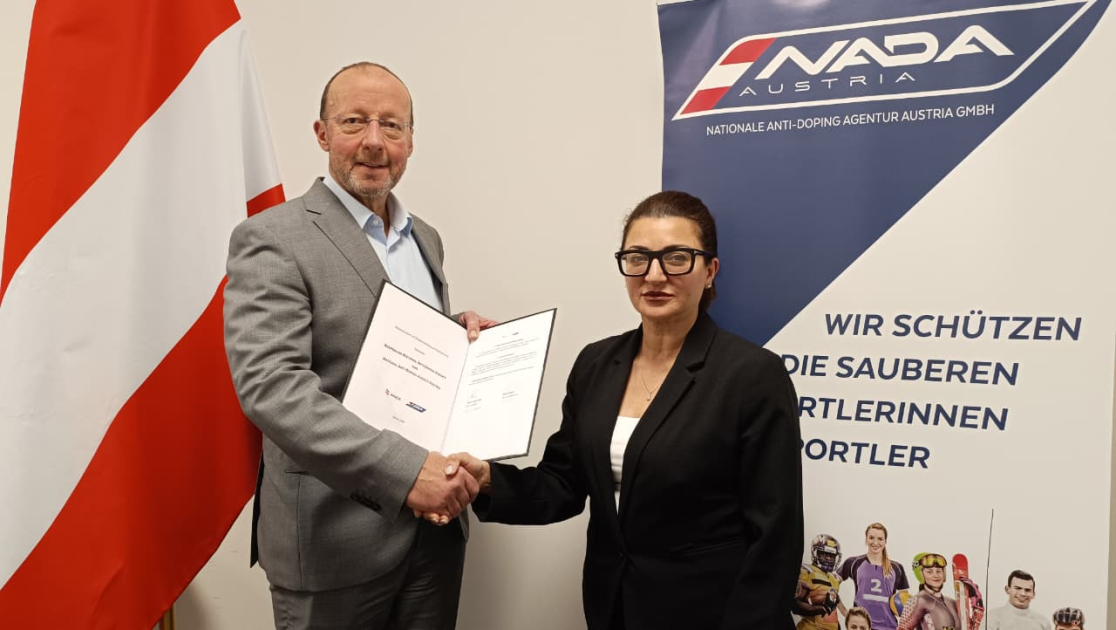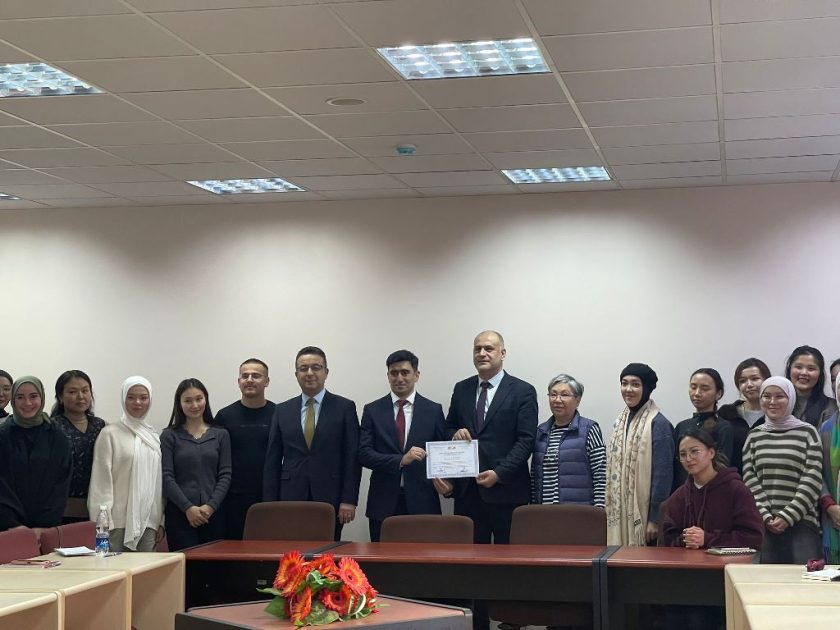Ancient glass sponges. A Barbie-pink sea pig sauntering along the seafloor. A transparent unicumber hovering in the depths.
According to CNN, these wonders are just an initial snapshot of fantastic creatures discovered 1,640 miles (5,000 meters) beneath the surface of the Pacific Ocean in a pristine area that’s earmarked as a site for deep-sea mining of critical and rare metals. The natural resources are in high demand for use in solar panels, electric car batteries and other green technologies, among other uses.
The 45-day expedition to the Clarion-Clipperton Zone, which wrapped March 20, documented biodiversity in the abyssal plain. Using a remotely operated vehicle, the team on board the UK research ship James Cook photographed the deep-sea life and took samples for future study.
“We can assume that many of these species will be new to science. Sometimes they have been seen/observed/known before, but not collected or formally described,” said Regen Drennan, a postdoctoral marine biologist at London’s Natural History Museum.
“These specimens will be brought to the NHM London to be identified and studied for years to come.”
The voyage was the second conducted by a UK initiative known as the Seabed Mining and Resilience to Experimental Impact, or SMARTEX, project, involving the Natural History Museum, National Oceanography Centre, British Geological Survey and other institutions.
The US Geological Survey estimates that 21.1 billion dry tons of polymetallic nodules exist in the Clarion-Clipperton Zone — containing more reserves of many critical metals than the world’s land-based reserves combined.
If deep-sea mining follows the same trajectory as offshore oil production, more than one-third of these critical metals will come from deep-ocean mines by 2065, the federal agency estimated.
Scientists believe many of the life-forms that call this environment home would be unlikely to recover from the removal of the nodules and are calling for protections, according to the Natural History Museum.
In international waters, the Clarion-Clipperton Zone is beyond the jurisdiction of any one country. The International Seabed Authority, under the United Nations Convention on the Law of the Sea, has issued 17 exploration contracts. However, several countries, including the United Kingdom and France, have expressed caution, supporting a moratorium or ban on deep-sea mining to safeguard marine ecosystems and conserve biodiversity.
Some 6,000 to 8,000 species could be waiting to be discovered in the Clarion-Clipperton Zone, according to a June 2023 study published in the journal Current Biology.
The pink amperima sea cucumber, nicknamed the “Barbie pig,” is one of the largest invertebrates living on the deep-sea floor. Along with the transparent unicumber, the creature is a type of sea pig within the scientific family called Elpidiidae. The Barbie pig grazes upon the small amounts of detritus that descend from surface waters to the seabed and are important in terms of cycling organic matter, explained Drennan, who wasn’t directly involved in the expedition.
“Many species in this family have developed long stout legs that allow them to walk across the seafloor, and elongated mouthparts to pick and choose the detritus they feed on,” Drennan said via email.
The expedition also captured images of elegant, cup-shaped glass sponges, which are thought to have the longest life span of any creature on the planet — up to 15,000 years, although the expedition team doesn’t know how old the sponges they photographed are.


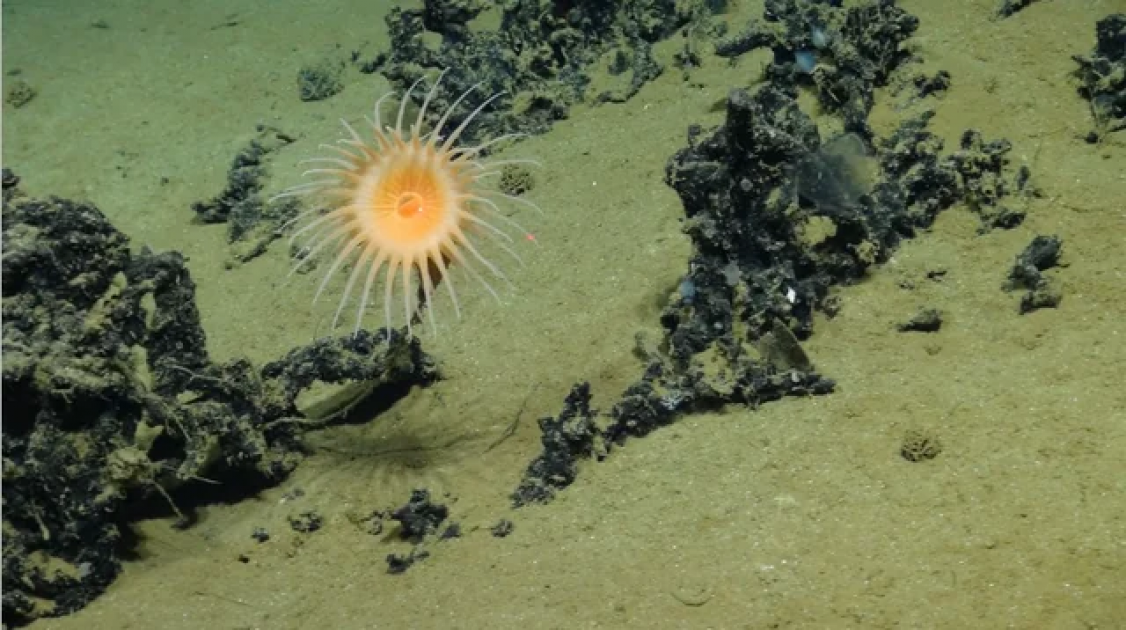

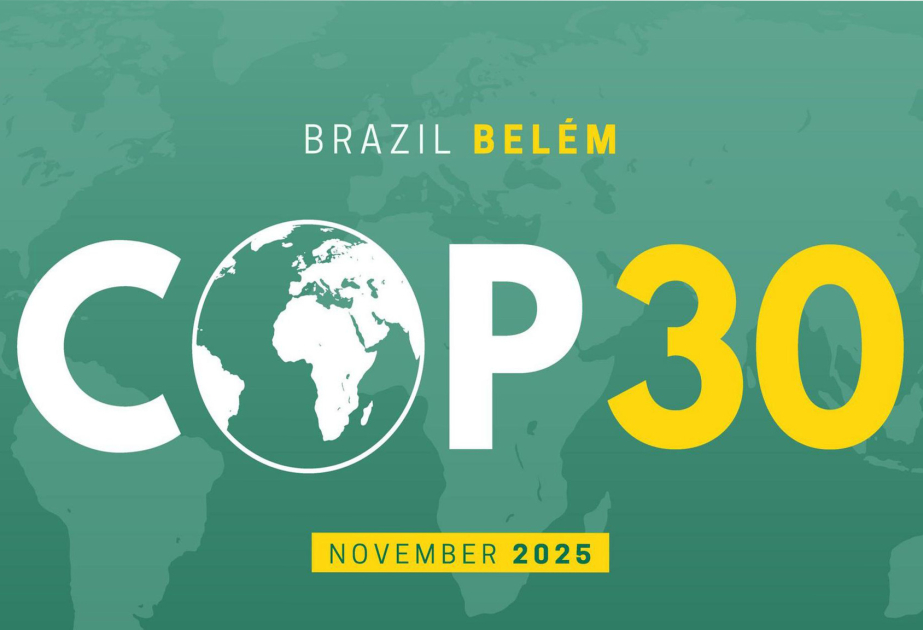



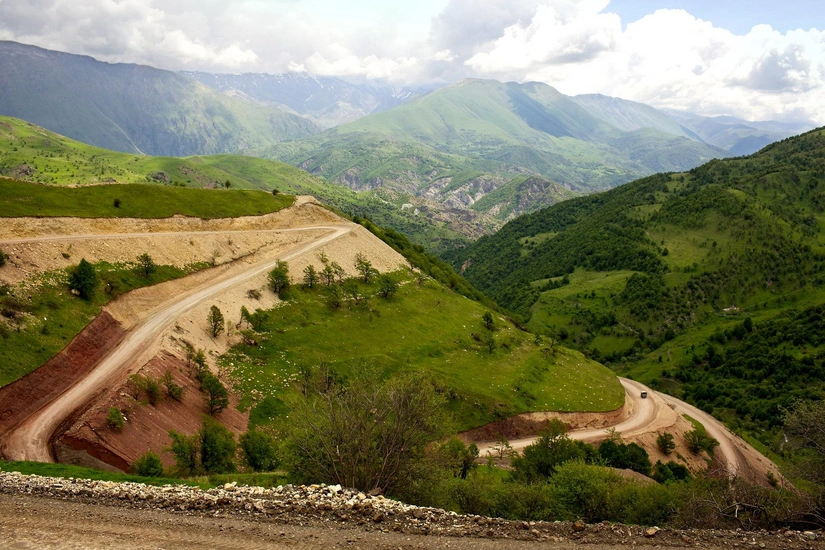








.png)

